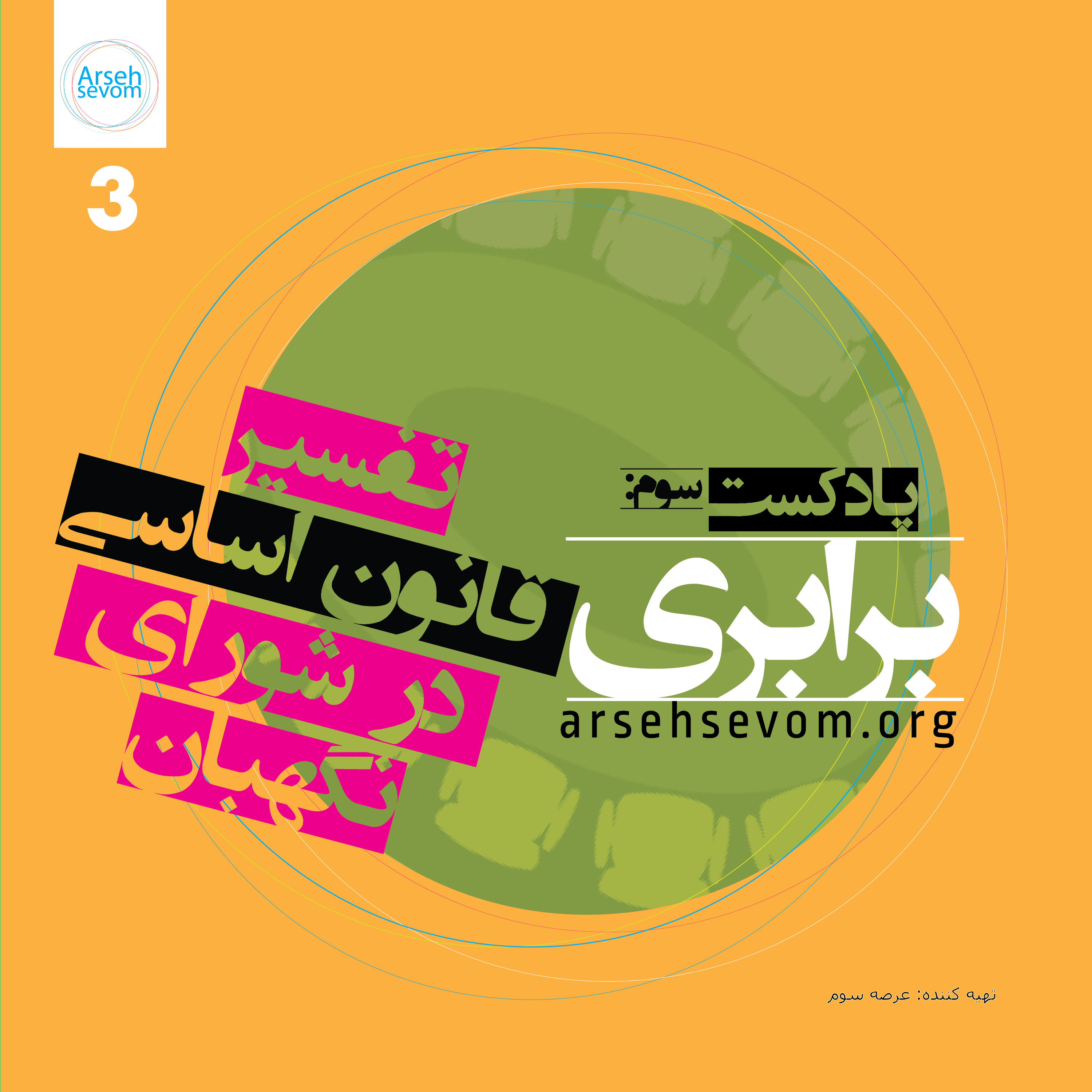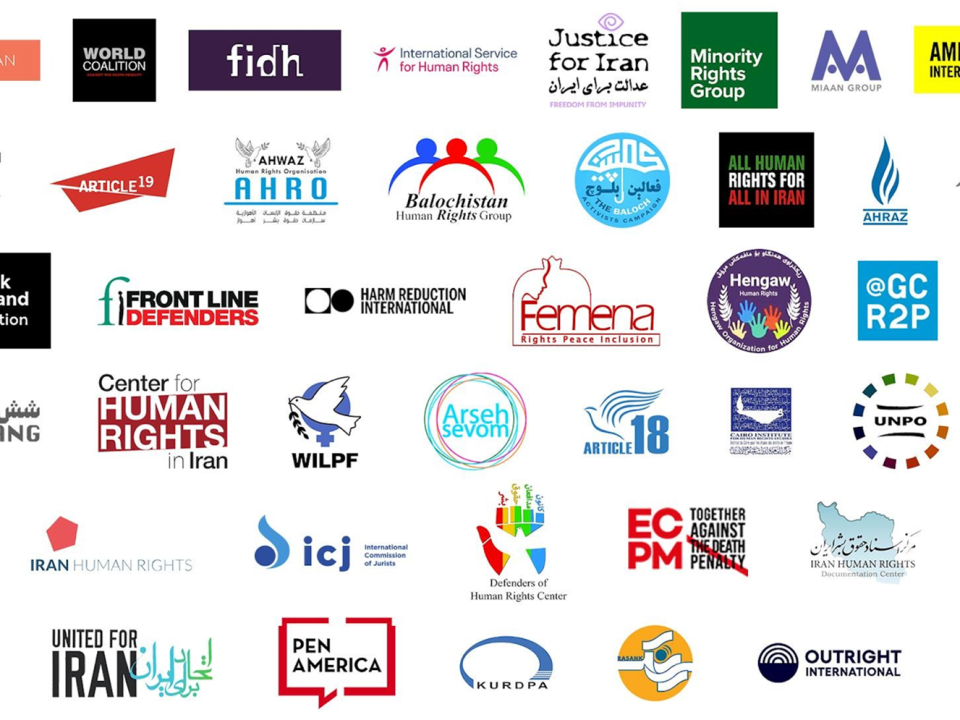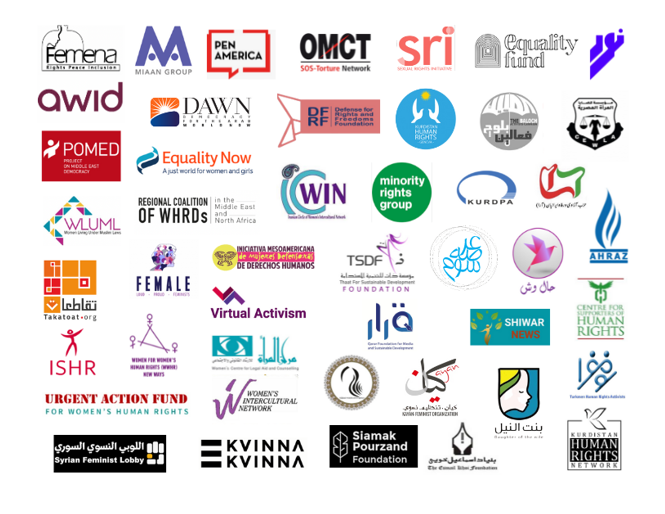
Episode 3: Interpreting the Constitution
November 12, 2020
Is International Gormeh Sabzi Day Really Coming Up?
November 25, 2020“I am also someone’s son”
Sparked by a 300% increase in energy costs last year at this time, people in 190 cities in Iran took to the streets in frustration and protest. It turned into the bloodiest crackdown on street protests in the history of the Islamic Republic of Iran.
People with empty pockets and mounting costs, could see no other way to get the attention of Iran’s cold and uncaring government. The Iranian government, however, refused to hear the voice of the protesters. Instead, they were ready to meet protesters with violence. Security forces attacked and beat protesters, shot at them point blank, and used shoulder-fired missiles and machine guns against crowds in Mahshahr.
The internet was cut, leaving protesters isolated from each other and the outside world. Some still managed to get their message out. Yet, we still don’t know how many people were killed or beaten. Many different numbers have been published. Reuters stated that sources in high government positions reported 1500 people killed, Amnesty International reports 304 deaths, and Kalameh, an organization close to Mir Hossein Mousavi, reports 631 people killed.
Arrests led to torture, forced confessions, and executions. All of this is well-documented by Amnesty International.
Diana Eltahawy, Amnesty International’s Deputy Regional Director for the Middle East and North Africa, states:
“Instead of investigating allegations of enforced disappearance, torture and other ill-treatment and other crimes against detainees, Iranian prosecutors became complicit in the campaign of repression by bringing national security charges against hundreds of people solely for exercising their rights to freedom of expression, association and peaceful assembly, while judges doled out guilty verdicts on the basis of torture-tainted ‘confessions’. This litany of crimes and violations, committed with total impunity, has been accompanied by a wave of forced televised ‘confessions’ in state propaganda videos and grotesque statements from top officials who have praised intelligence and security forces as heroes for their role in the brutal crackdown.”
More than a year after the crackdown, the government refuses to provide any additional information. The true extent of the crackdown remains unclear. The government lacks transparency. There is no independent press or media to dig into the story. And the families of those harmed and killed during the protests are under extreme pressure to stay silent.
Arseh Sevom expressed solidarity with the survivors and families of the victims of this crime. We plea for justice for the people of Iran.
Independent fact-finding committees approved by civil society and international human rights institutions, fair prosecutions of those who planned and carried out the violence against protesters, and restitution for victims is the least the government of Iran can do.





